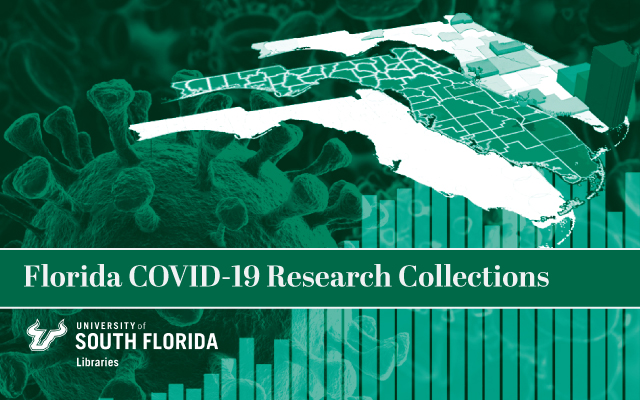
All publications
Document Type
Article
Publication Date
9-2020
Keywords
zoonosis, pathogens, viruses, bacteria, fungi, animal, SARS-CoV-2, COVID-19, one health, prevention
DOI
https://doi.org/10.3390/microorganisms8091405
Abstract
Most humans are in contact with animals in a way or another. A zoonotic disease is a disease or infection that can be transmitted naturally from vertebrate animals to humans or from humans to vertebrate animals. More than 60% of human pathogens are zoonotic in origin. This includes a wide variety of bacteria, viruses, fungi, protozoa, parasites, and other pathogens. Factors such as climate change, urbanization, animal migration and trade, travel and tourism, vector biology, anthropogenic factors, and natural factors have greatly influenced the emergence, re-emergence, distribution, and patterns of zoonoses. As time goes on, there are more emerging and re-emerging zoonotic diseases. In this review, we reviewed the etiology of major zoonotic diseases, their impact on human health, and control measures for better management. We also highlighted COVID-19, a newly emerging zoonotic disease of likely bat origin that has affected millions of humans along with devastating global consequences. The implementation of One Health measures is highly recommended for the effective prevention and control of possible zoonosis.
Rights Information

This work is licensed under a Creative Commons Attribution 4.0 License.
Citation / Publisher Attribution
Microorganisms, v. 8, issue 9, art. 1405
Scholar Commons Citation
Rahman, Md. Tanvir; Sobur, Md. Abdus; Islam, Md. Saiful; Ievy, Samina; Hossain, Md. Jannat; El Zowalaty, Mohamed E; Rahman, Amm Taufiquer; and Ashour, Hossam M, "Zoonotic Diseases: Etiology, Impact, and Control." (2020). All publications. 7.
https://digitalcommons.usf.edu/usf_fcrc_all/7

